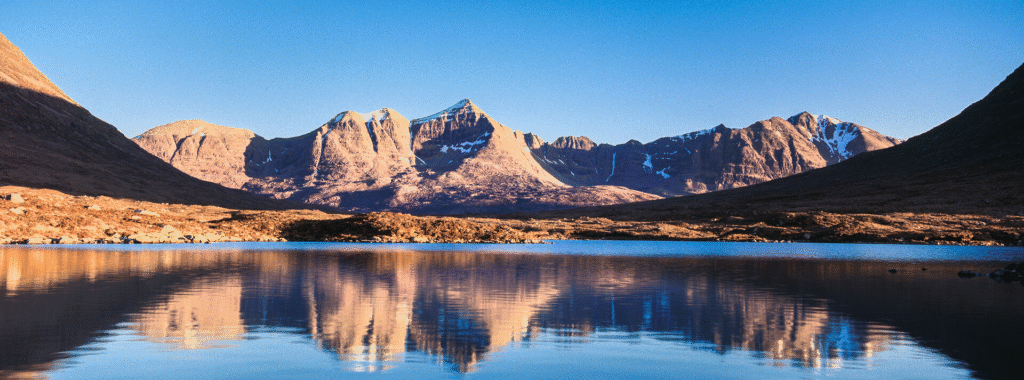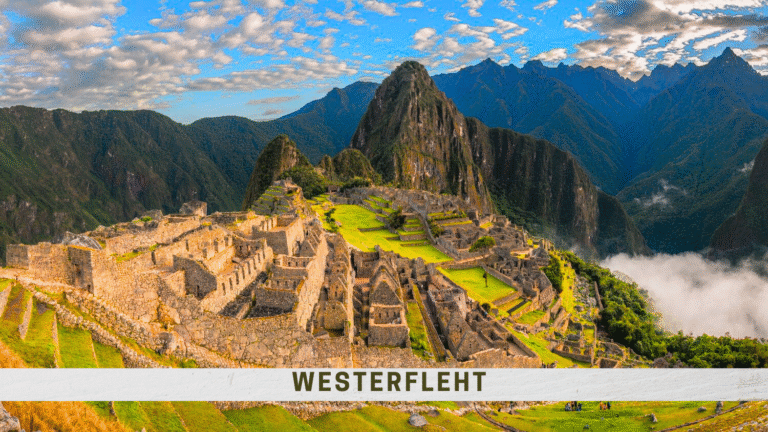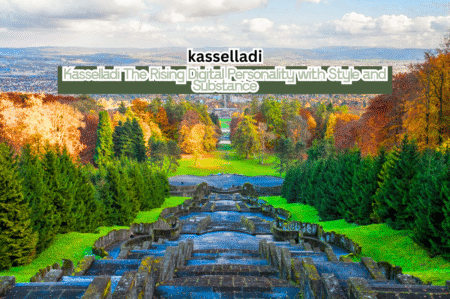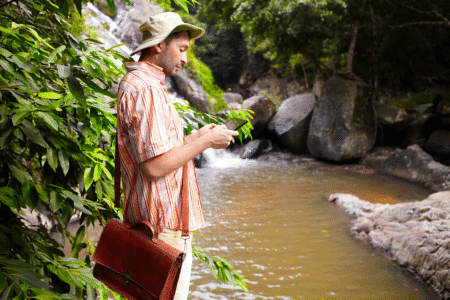Westerfleht is a quaint and picturesque village located in the heart of Lower Saxony, Germany. While it may not be widely recognized on a global scale, this serene village holds a unique charm that captures the essence of rural German life. Known for its lush landscapes, traditional architecture, and tranquil environment, Westerfleht provides an authentic glimpse into the countryside that modern travelers often seek. In this article, we explore Westerfleht in depth, from its historical roots to lifestyle, natural beauty, culture, and modern relevance.
A Rich Historical Background of Westerfleht
Westerfleht, like many small villages in Lower Saxony, has a rich history that stretches back centuries. The name “Fleht” originates from the Old Saxon term for “ditch” or “drain,” hinting at the village’s historical connection to water management and agriculture. Over the years, Westerfleht has preserved its rural essence, and farming continues to be a significant part of life here. The traditional farmhouses, cobblestone paths, and small chapels scattered across the village are testaments to its deep-rooted history. Visitors exploring Westerfleht can still feel the presence of bygone eras, making it a fascinating destination for history enthusiasts.
Lifestyle and Community in Westerfleht
Life in Westerfleht is characterized by simplicity, harmony, and strong community bonds. Residents value family, community, and traditions, creating a warm and welcoming environment. Unlike bustling cities, Westerfleht offers a slower pace of life, allowing people to appreciate the small joys of rural living. Agricultural work remains a cornerstone of daily life, with many families involved in farming, livestock care, or local crafts. Despite its traditional roots, Westerfleht has embraced modern amenities like internet connectivity and transportation, blending old-world charm with contemporary convenience.
The Natural Beauty of the Village
One of the standout features of this region is its breathtaking natural scenery. Surrounded by expansive green fields, rolling hills, and pristine forests, the area is a haven for nature lovers. Walking or cycling through the countryside provides an immersive experience, where the sounds of birds, rustling leaves, and flowing streams create a sense of peace rarely found in urban settings. Seasonal changes paint the village in different colors—vivid greens in spring, golden hues in autumn, and gentle snowfall in winter—making it a year-round destination for photographers and outdoor enthusiasts.
| Category | Details |
|---|---|
| Location | Lower Saxony, Germany |
| Type | Rural village |
| Known For | Peaceful countryside, scenic landscapes, traditional culture |
| History | Centuries-old agricultural roots, traditional architecture |
| Population | Small, close-knit community (approx. a few hundred residents) |
| Lifestyle | Rural, family-oriented, agricultural traditions |
| Outdoor Activities | Hiking, cycling, birdwatching, nature walks |
| Culture & Festivals | Harvest festivals, seasonal celebrations, community gatherings |
| Accommodation Options | Guesthouses, farm stays, boutique lodgings |
| Architecture | Timber-framed houses, cobblestone streets, chapels |
| Connectivity | Internet access, social media presence for local events |
| Tourist Value | Authentic rural German experience, scenic photography opportunities |
| Best Time to Visit | Spring to autumn for greenery and festivals; winter for snow-covered charm |

Outdoor Activities and Recreation
For visitors seeking adventure and relaxation, the surroundings offer a variety of outdoor activities. Hiking trails wind through forests and meadows, offering both gentle walks and more challenging routes. Cycling is another popular pastime, allowing travelers to explore the area at a leisurely pace. Birdwatchers can spot local species along waterways, while families often enjoy picnics and nature walks. The natural resources provide a perfect backdrop for recreation, connecting people with the environment in meaningful ways.
Cultural Significance
Although the village may not be famous for large monuments or tourist attractions, it holds deep cultural importance. Local festivals, seasonal celebrations, and community gatherings are integral to life here. Harvest festivals showcase traditional music, dances, and culinary delights, providing insight into customs passed down through generations. These events foster a strong sense of identity and pride among residents, making it more than just a picturesque location—it is a living community with a vibrant cultural heartbeat.
Family Life and Social Structure
Family plays a central role in the community. Most households are multi-generational, reflecting the German tradition of close family ties. Children grow up learning local customs, farming practices, and the value of community participation. Social gatherings, shared meals, and seasonal celebrations reinforce relationships, creating a tight-knit social structure. Despite the modern pressures of life elsewhere, the village has managed to maintain its familial and communal spirit, which makes it unique and heartwarming.
Economy and Livelihood
The economy is primarily based on agriculture, small-scale craftsmanship, and local services. Farms produce crops such as wheat, barley, and vegetables, while livestock farming adds to sustainability. Local artisans contribute with handcrafted goods, maintaining traditions while attracting visitors interested in authentic products. In recent years, tourism has also played a role in the local economy, with travelers seeking quiet retreats and authentic experiences in rural Germany.
Physical Appearance and Architecture
The visual charm is evident in the architecture and landscapes. Traditional houses with timber frames, sloping roofs, and colorful facades dot the area. Narrow streets and stone paths add to the rustic aesthetic, while public spaces like small chapels, community halls, and gardens reflect the local character. The layout and design have been carefully preserved, allowing residents and visitors to experience a slice of history through its built environment.
Modern Connectivity and Social Media Presence
Even as a traditional community, modern technology is embraced. Internet access, mobile connectivity, and social media platforms help residents stay informed and connected with the wider world. Local initiatives often promote events, landscapes, and community projects online. For those interested in following life here digitally, social media provides a window into daily traditions and upcoming activities, allowing outsiders to experience the village virtually.
Visiting the Area
This location is ideal for travelers looking to escape urban life and immerse themselves in nature and tradition. Accommodation options include cozy guesthouses, farm stays, and boutique lodgings that reflect local architecture and hospitality. Exploring on foot or by bike is the best way to experience its serene atmosphere and picturesque surroundings. Local eateries offer traditional German cuisine, with fresh ingredients sourced from nearby farms, providing a true taste of the region.
Community Value and Recognition
While this village is not an individual, the community’s “net worth” can be measured in cultural and natural wealth. The area is rich in history, traditions, and natural beauty, which collectively create immense value for both residents and visitors. The dedication of its people to preserve these assets ensures that it continues to thrive as a cultural and ecological treasure in Lower Saxony.
Conclusion
Westerfleht may not appear on every traveler’s itinerary, but its understated charm, historical richness, and natural beauty make it a hidden gem in Lower Saxony, Germany. From its peaceful landscapes to its vibrant community life, the village offers a unique opportunity to experience rural Germany in an authentic way. For history enthusiasts, nature lovers, and those seeking tranquility, Westerfleht is a destination that leaves a lasting impression. Visiting this village is not just about sightseeing—it’s about connecting with the culture, community, and environment in a meaningful, human-centered way.
FAQs
Q: What is Westerfleht famous for?
A: Westerfleht is famous for its peaceful countryside and scenic landscapes in Lower Saxony.
Q: Can you stay overnight in Westerfleht?
A: Yes, Westerfleht has cozy guesthouses and farm stays for visitors.
Q: What outdoor activities are available in Westerfleht?
A: Visitors can enjoy hiking, cycling, and nature walks around Westerfleht.
Q: Does Westerfleht have historical importance?
A: Yes, Westerfleht has centuries-old traditions and preserved architecture.
Q: How can I know about festivals in Westerfleht?
A: Local events in Westerfleht are shared online and during seasonal celebrations.








